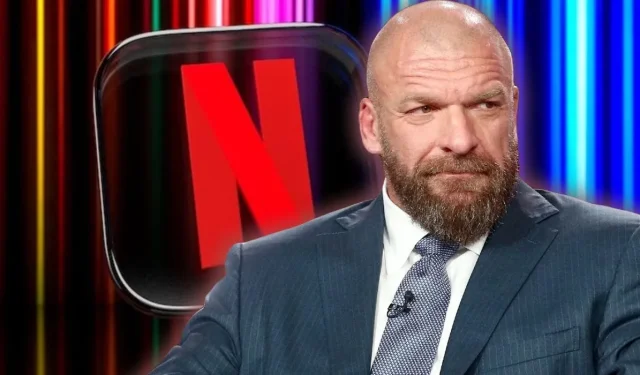
In a highly anticipated move, WWE has officially transitioned to Netflix on January 6, and fervor surrounding this shift is mounting. Fans are abuzz not only due to the program’s debut but also to speculate on the exciting future of RAW’s programming in this new format.
This groundbreaking change marks a significant evolution in WWE’s production quality, showcasing cinematic techniques and enhanced storytelling crafted under the leadership of WWE’s Chief Content Officer and Head of Creative, Paul ‘Triple H’ Levesque. The upward trajectory in attendance and viewership that the company has experienced indicates that the timing couldn’t be better for abandoning traditional cable television.
As evidenced by the gripping cold open of the RAW on Netflix trailer, WWE is poised to redefine audience perceptions of professional wrestling, pushing the envelope further than ever before.
Triple H ‘Shoots’ During RAW on Netflix Cold Open
WWE’s CCO Signals the Dawn of a New Era and Changing Norms
A considerable shift in WWE’s narrative approach is evident as the company begins to embrace transparency with their new verbiage. Historically, WWE refrained from fully unveiling the machinations behind their entertainment to protect the sanctity of traditional kayfabe, the veil that separated scripted action from real competition. However, today’s informed fanbase has demanded a different approach.
Unlike Vince McMahon’s era, which favorably leaned on kayfabe to enhance the show’s credibility as a legitimate sport, Triple H is redefining WWE’s identity as a scripted television show focused on narrative depth. This shift is poignantly underscored in the Netflix trailer’s cold open as Triple H’s narration employs terminology that previously adhered strictly to industry codes. This step signifies not just a new direction but a bold acknowledgment that the professional wrestling landscape requires a more matured narrative framework.
It’s as real as our ancient yearning. Not merely for a hero, but the villain as well. Just as they need each other, so do you need them to tell a story. But what of the story of wrestling itself? What if the canvas could speak of an ageless carnival with primeval roots, but that came of age with that most American of institutions… television. As television changed, so did wrestling. And together they changed America.
The assertion that audiences “need them to tell a story”accurately encapsulates the essence of professional wrestling’s evolution, relying on its deep-rooted connection to television to forge a new path for WWE’s storytelling mechanism.
Truth is, a great swath of American culture is born of that eternal battle between the face and the heel. From ecstasy to humiliation. Fame to obscurity, and back again. An endless cycle that changed the rules and blurred the lines, made it harder to distinguish the good guys from the bad, the shoot from the work, the real from the unreal.
This refreshing acknowledgment positions WWE closer to the realm of Hollywood, inviting audiences to engage with their programming in a more imaginative way. This embracing of storytelling does not undermine the intelligence of viewers but strengthens the connection, fostering a delightful suspension of disbelief that has long been a hallmark of professional wrestling.
WWE Superstars Set to Shine Under New Spotlight
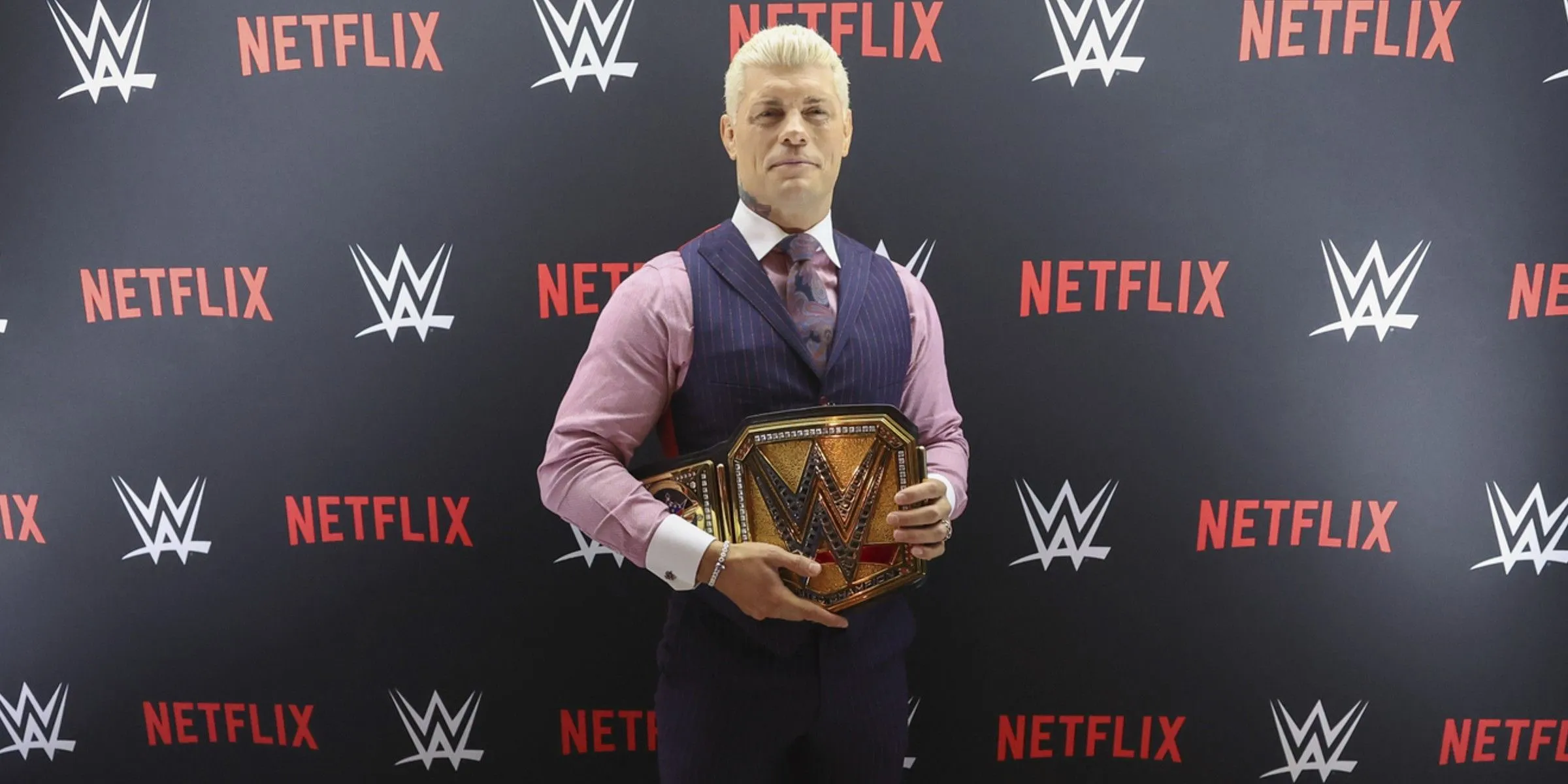
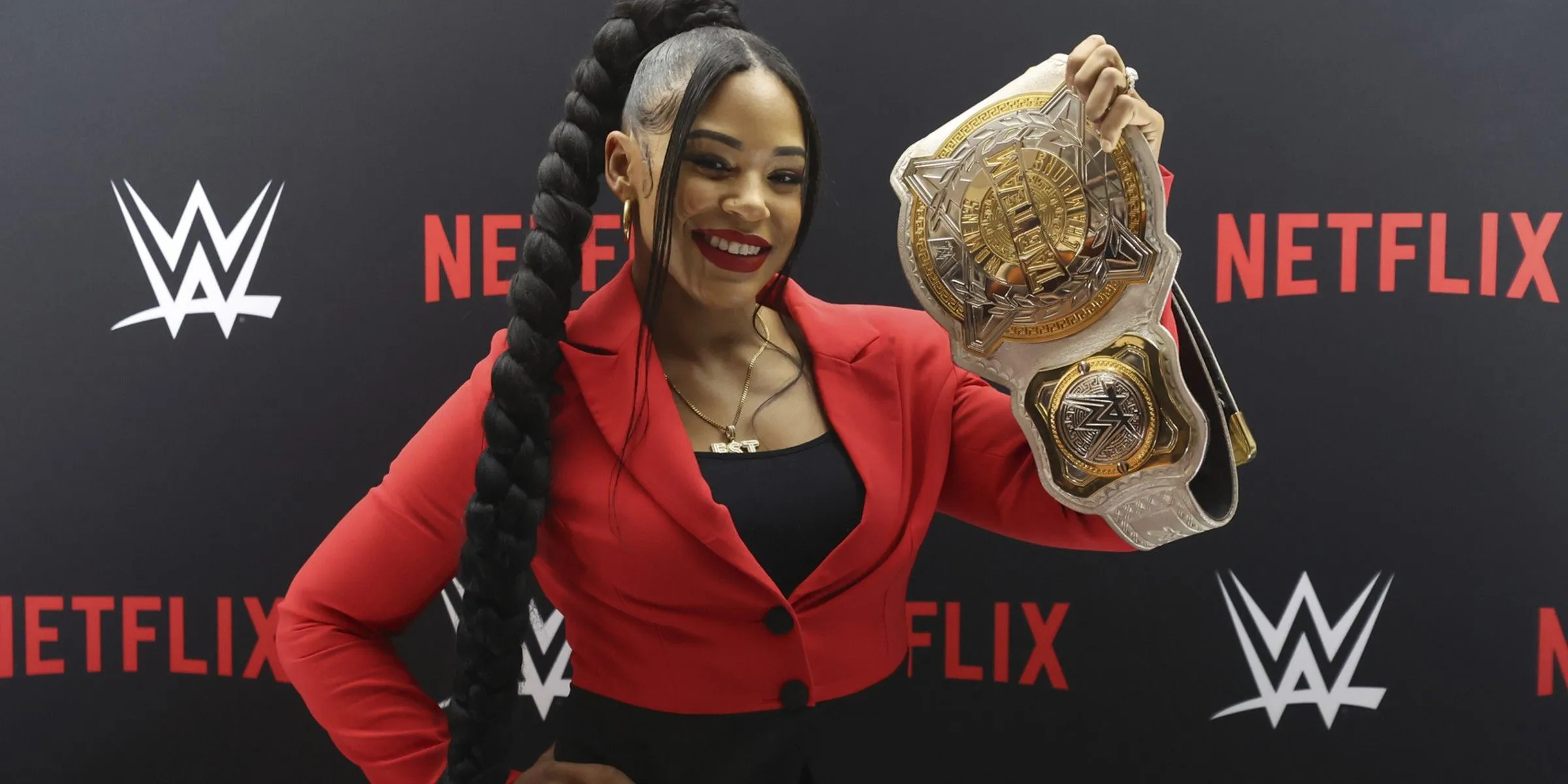
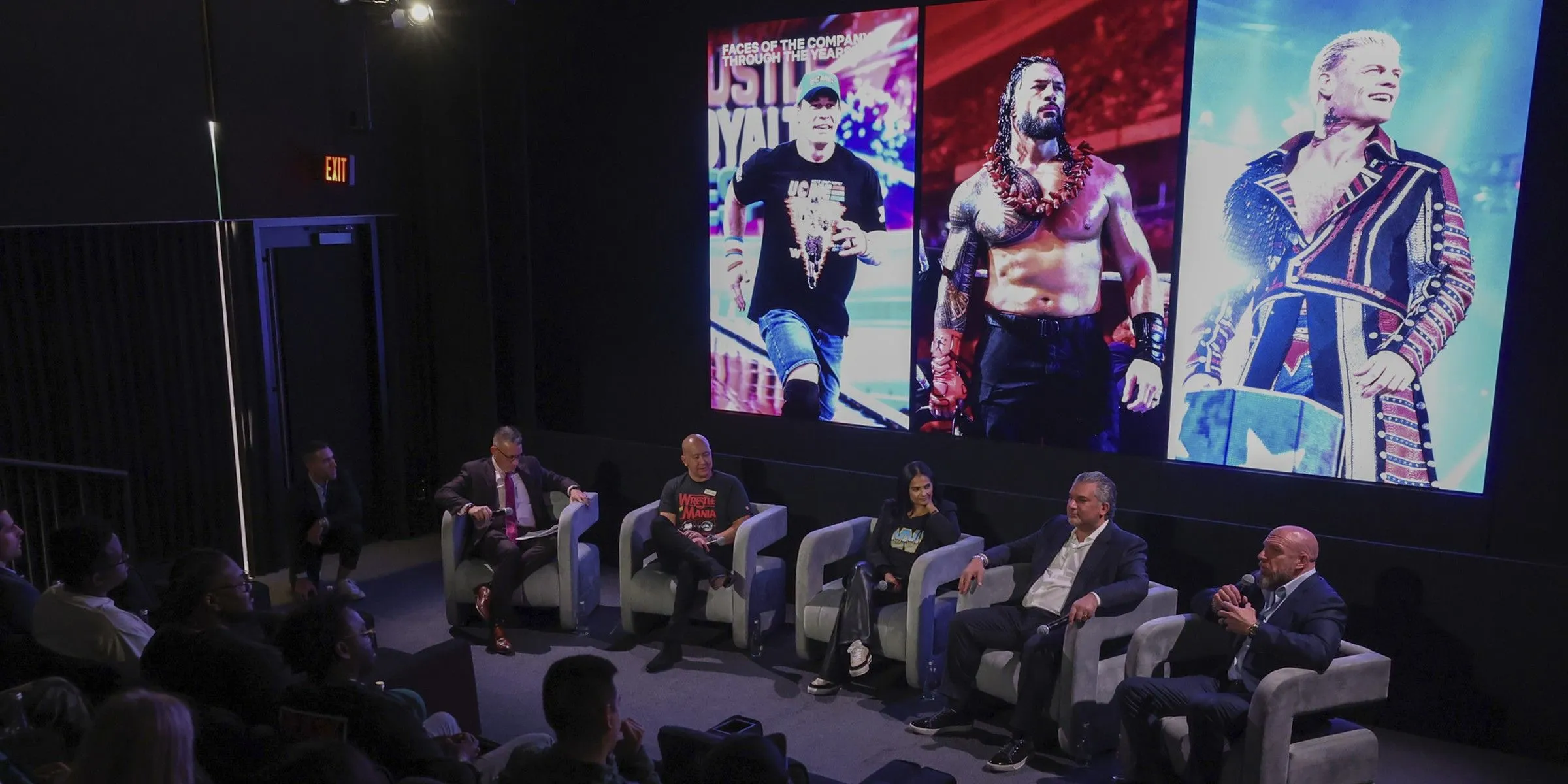
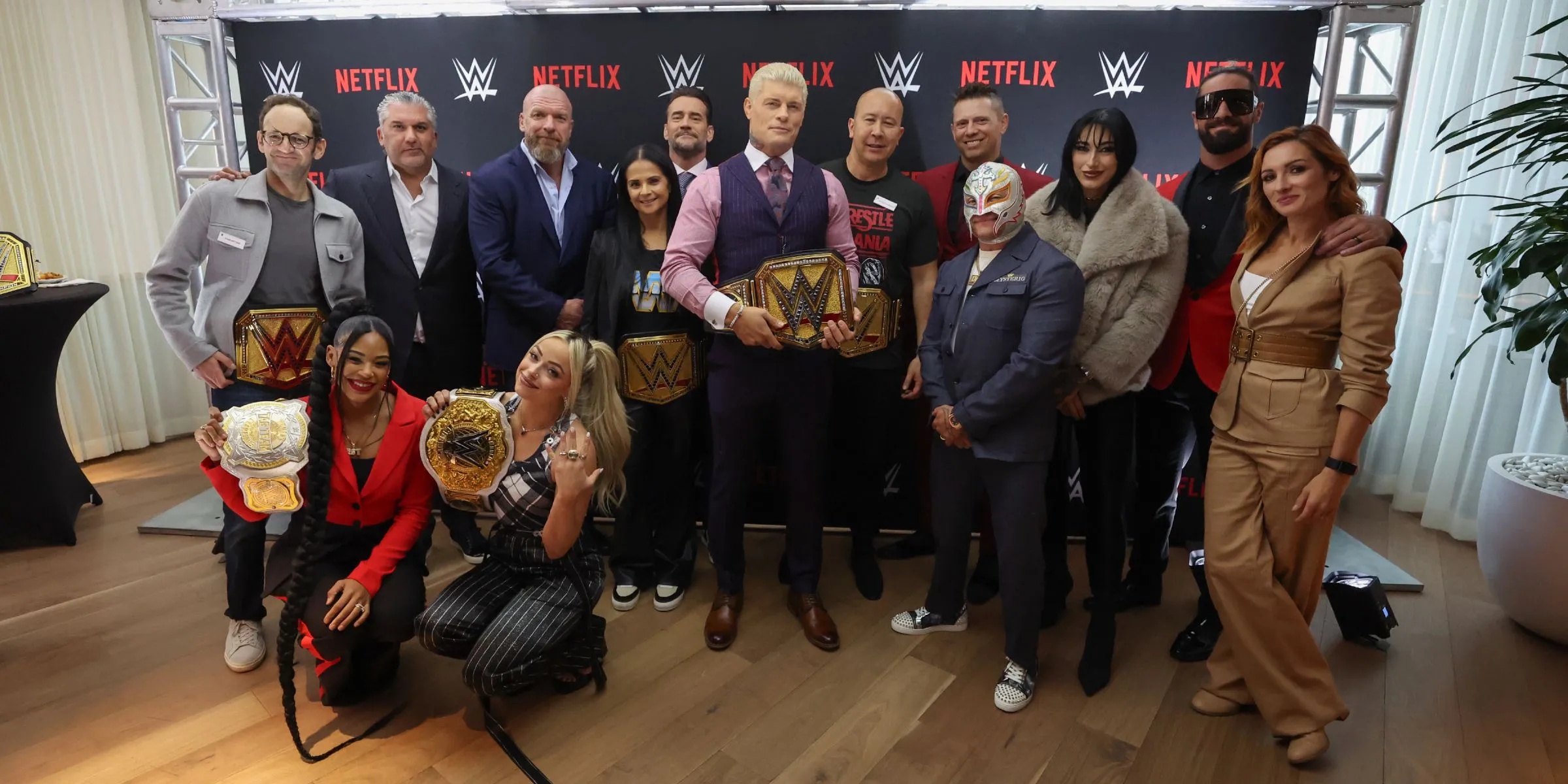
The transition to Netflix not only aligns with WWE’s branding ambitions but also promises enhanced visibility for its stars. Moving away from the USA Network reflects a strategic shift likely to elevate performers like Cody Rhodes, Roman Reigns, and Bianca Belair to greater prominence. As WWE deepens its relationship with Netflix, opportunities in mainstream film and television are set to expand for its talent, paving the way for new career trajectories.

![WWE Monday Night Raw Results and Full Ending Explained (Jan 6, 2025) [SPOILERS]](https://cdn.peacedoorball.blog/wp-content/uploads/2025/01/rhea-ripley-and-the-undertaker-on-wwe-raw-64x64.webp)


Leave a Reply